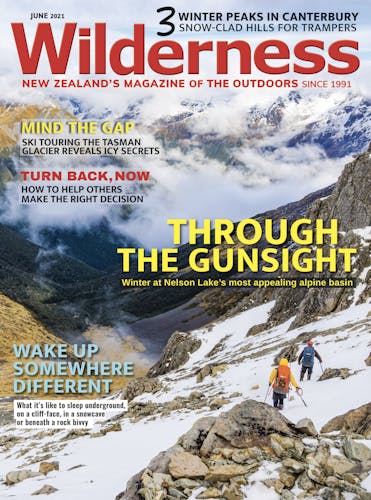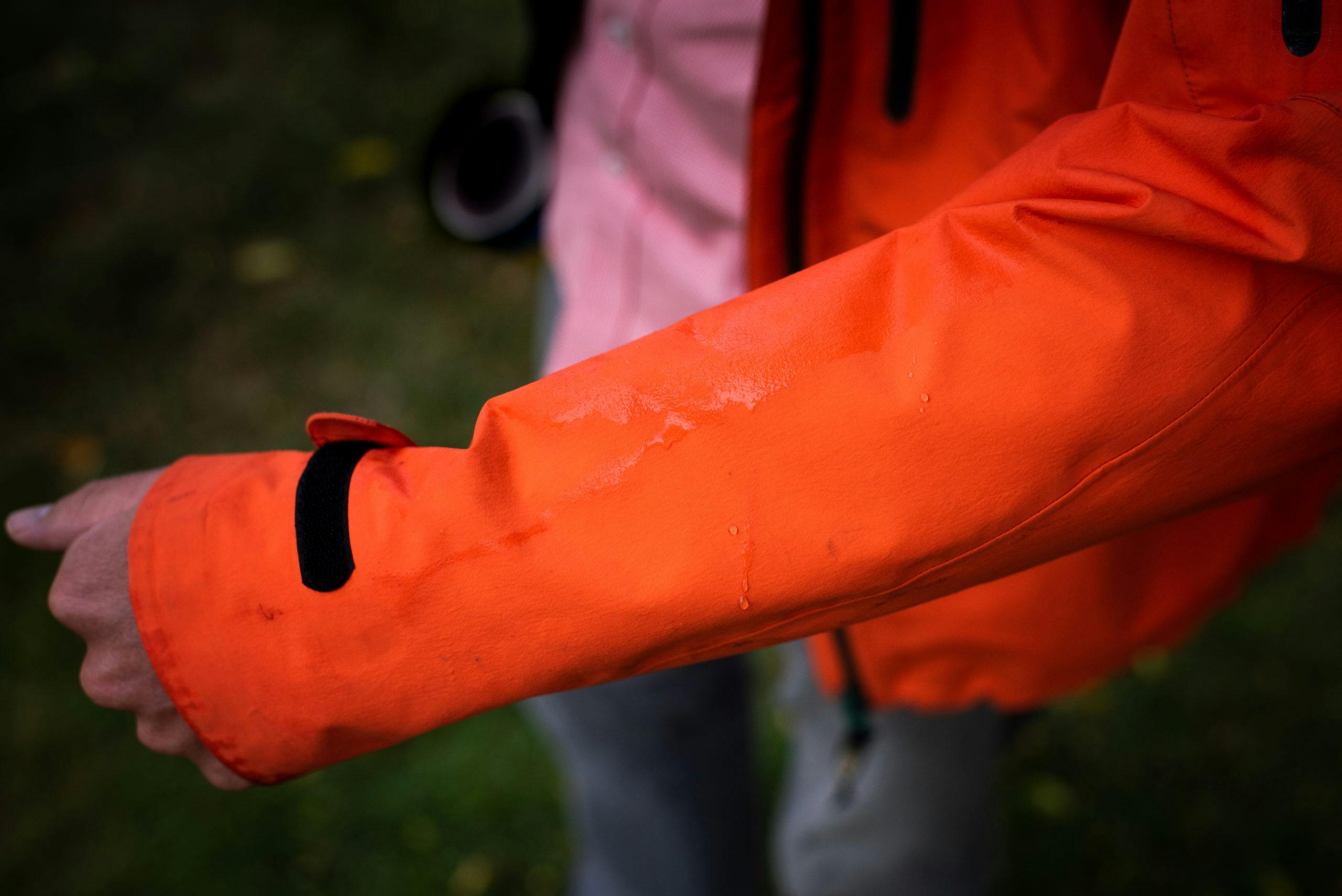Gear expert Mark Watson offers his five maintenance tips to keep your gear in good working order.
Most of us are familiar with returning late from a tramping trip, only to be faced with work the next morning and a hectic week ahead leaving little time to wash dirty gear and prepare it for the next trip. But taking the time to clean and maintain your gear will prolong its life and streamline packing for the next weekend adventure.
Wash your waterproofs
To maintain the function of technical waterproof clothing, wash it after trips especially where there’s been a lot of use. Sweat, sunblock and dirt can block a membrane’s pores, making clothing less effective when it’s next used. Contamination can also cause the fabric to delaminate.
Dry clothing in a tumble dryer occasionally, as the heat helps redistribute the durable waterproof repellent (DWR) coating on the outside of the fabric. The DWR prevents the exterior fabric from ‘wetting out’ – and once the face fabric is saturated, rainwear struggles to breathe. If you use your jacket or pants frequently, reapply DWR treatments once or twice a year to get the best performance from them.
Dry and treat boots
Good boot maintenance reduces the chance of blisters, ensures longevity and keeps boot uppers supple.
Dry but dirty boots can be wiped clean with a damp rag or a stiff brush before applying a leather treatment. Generally, these treatments apply best and soak in with some heat, so leave the boots sitting in the sun after application.
Wet boots require more care. They’re best dried with the inner soles removed, stuffed with newspaper and left outside, out of direct sunlight. Once dry, brush any sand or stones out before replacing the inner soles. Boots that have been saturated for a weekend will benefit from a double application of leather treatment. Pay particular attention to the forefoot of the boot and places where the leather flexes, as these areas will be first to crack if not maintained.
Air tent, sleeping bag and mattress
If your tent or mattress was even slightly damp when you packed it up, make sure to air dry it. I always give the tent’s inner floor a hand brush to get any grass, sticks and seeds out before packing it during a tramp. Even if that’s done daily, on returning home it’s worth turning the inner inside-out to shake out any detritus that might puncture the fabric. Store the tent lightly folded in a dry place, not jammed into its storage bag.
With the proliferation of ultralight gear, tent zips have become smaller and more prone to wear, especially if they’re used in dusty and dry conditions. An occasional light application of silicone lubricant (liquid or aerosol) to the full length of the zips will prolong their life.
Sleeping bags can benefit from being left on a bed or beside a sunny window for a day to evaporate any moisture trapped in the down. Store uncompressed.
Scrub off the mud
Mud left on packs and gaiters can shorten their life and encourage the growth of mildew, which can cause coated fabrics to delaminate. Always take time to clean mud off with plenty of water and a stiff brush.
Check and replace
Keep an eye on trip consumables, such as sunblock, lip salve, toilet paper and items for your first aid kit. Replace items while you remember or add them to a shopping list. If I’m carrying rechargeable devices, I charge them as soon as I get home so it’s not forgotten in the rush to get ready for the next trip.








